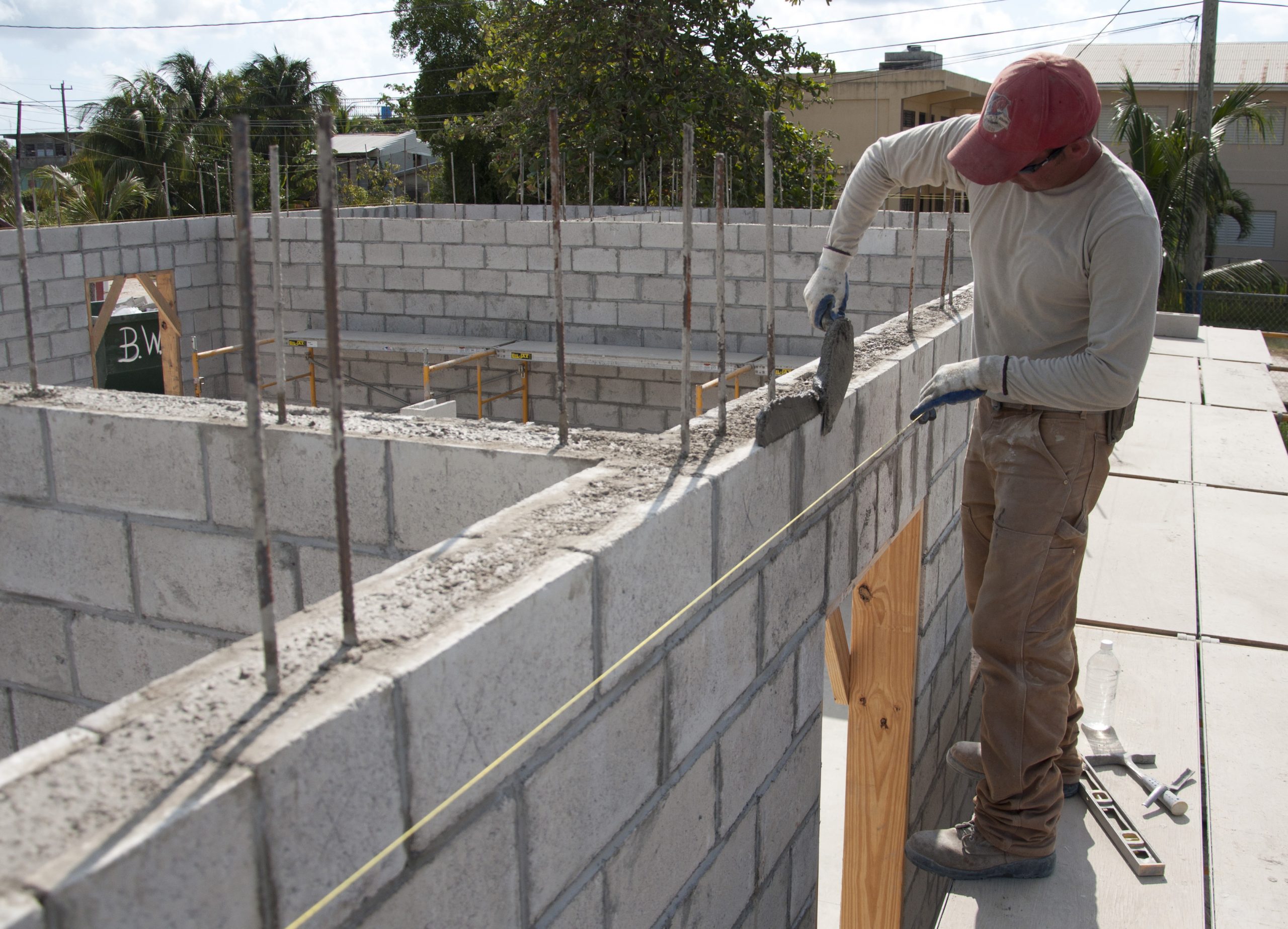When it comes to concrete construction, one of the most critical factors in determining the strength, durability, and workability of the mix is the water-cement ratio (W/C ratio). This article will dive into what the water-cement ratio is, why it matters, how it’s calculated, and its effects on concrete properties.

What is the Water Cement Ratio of Concrete?
The water-cement ratio is the ratio of the amount of water to the amount of cement in a concrete mix. It is typically expressed as a decimal (e.g., 0.45) or a fraction. It is an important factor in determining the strength and quality of the concrete, as well as its durability, workability, and appearance. The water in concrete mixes plays a significant role in hydration, allowing the cement to react chemically and form a binding matrix. A higher water-cement ratio results in weaker, more porous, and less durable concrete, while a lower water-cement ratio results in stronger, denser, and more durable concrete. However, too much or too little water can negatively impact the final strength of the concrete.
Importance of the Water-Cement Ratio:
- Strength of Concrete:
- A lower water-cement ratio (less water) typically leads to higher strength. Too much water dilutes the cement paste, leading to weaker concrete.
- The ideal ratio varies depending on the project but usually falls between 0.40 and 0.60 for general-purpose concrete.
- Durability:
- A well-proportioned water-cement ratio helps the concrete withstand harsh environmental conditions like freeze-thaw cycles, water infiltration, and chemical exposure.
- Concrete with too high of a water-cement ratio may develop cracks and surface wear more quickly, reducing its lifespan.
- Workability:
- While strength and durability are important, workability (ease of mixing and pouring) is equally crucial. A higher water-cement ratio can improve workability but sacrifices strength.
- Adjustments to the mix using plasticizers or other admixtures can help balance workability with a lower water-cement ratio.
- Permeability:
- A lower water-cement ratio results in lower permeability, making the concrete more resistant to water penetration, which enhances its durability.
Formula for Calculating Water-Cement Ratio:
Water-Cement Ratio Formula:
Water-Cement Ratio = (Weight of Water / Weight of Cement)
Example Calculation:
If you have 300 kg of cement and 135 liters of water, the water-cement ratio is:
Water-Cement Ratio = (135 / 300) = 0.45
Effects of Different Water-Cement Ratios:
- Low Water-Cement Ratio (0.40 or below):
- Higher compressive strength.
- Reduced porosity and improved durability.
- Difficult to work with, may need additional admixtures.
- Moderate Water-Cement Ratio (0.40 – 0.60):
- Good balance between strength and workability.
- Sufficient for most construction purposes.
- Easier to mix, pour, and finish.
- High Water-Cement Ratio (Above 0.60):
- Lower strength due to excessive water content.
- Reduced durability and higher risk of cracking.
- Easy to work with but results in weaker concrete.
How to Adjust the Water-Cement Ratio:
If you find that your concrete mix has too much or too little water, adjustments can be made by either increasing or reducing the water content or by using admixtures. These additives can help maintain workability while lowering the water content to achieve better strength and durability.
Common Admixtures:
- Water-reducing admixtures: Reduce the water content without compromising the workability of the mix.
- Plasticizers: Improve workability, allowing for a lower water-cement ratio without sacrificing strength.
- Air-entraining agents: Improve freeze-thaw durability, especially in colder climates.
Conclusion
The water-cement ratio is a fundamental element in the concrete mix design, directly influencing the strength, durability, and overall performance of concrete. Achieving the right balance is crucial to the success of any construction project. Whether you’re working on residential buildings or large infrastructure projects, understanding and controlling the water-cement ratio can significantly impact the longevity and reliability of your structures.


